By Allen Pyle, UW-Extension Horticulture Outreach Specialist and Jay Dampier, DNR IRA Grant Coordinator, Jason.Dampier@wisconsin.gov or 920-765-1935
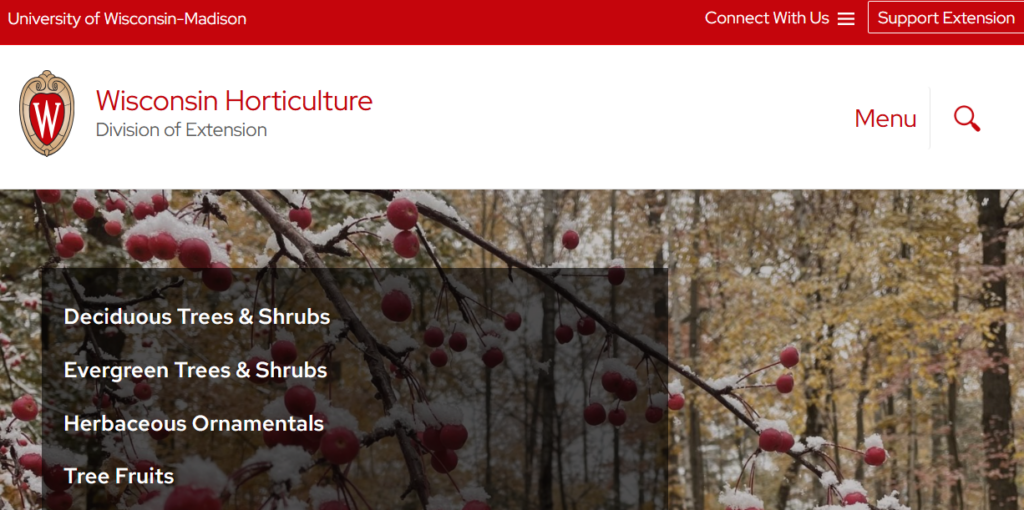 Reliable and up-to-date research-based information is vital for tree care professionals and urban foresters to make sound, scientific management decisions. To make trusted resources more accessible, UW-Extension’s Horticulture Program and Wisconsin DNR’s Urban Forestry Program have developed this curated selection of useful webpages with free information and resources for urban forestry professionals and community tree managers. Continue reading “Go-To Online Resources For Urban Forestry”
Reliable and up-to-date research-based information is vital for tree care professionals and urban foresters to make sound, scientific management decisions. To make trusted resources more accessible, UW-Extension’s Horticulture Program and Wisconsin DNR’s Urban Forestry Program have developed this curated selection of useful webpages with free information and resources for urban forestry professionals and community tree managers. Continue reading “Go-To Online Resources For Urban Forestry”

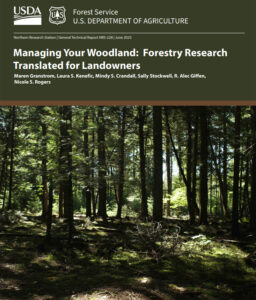
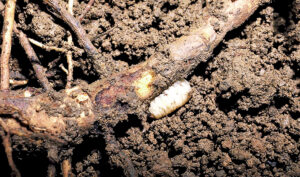
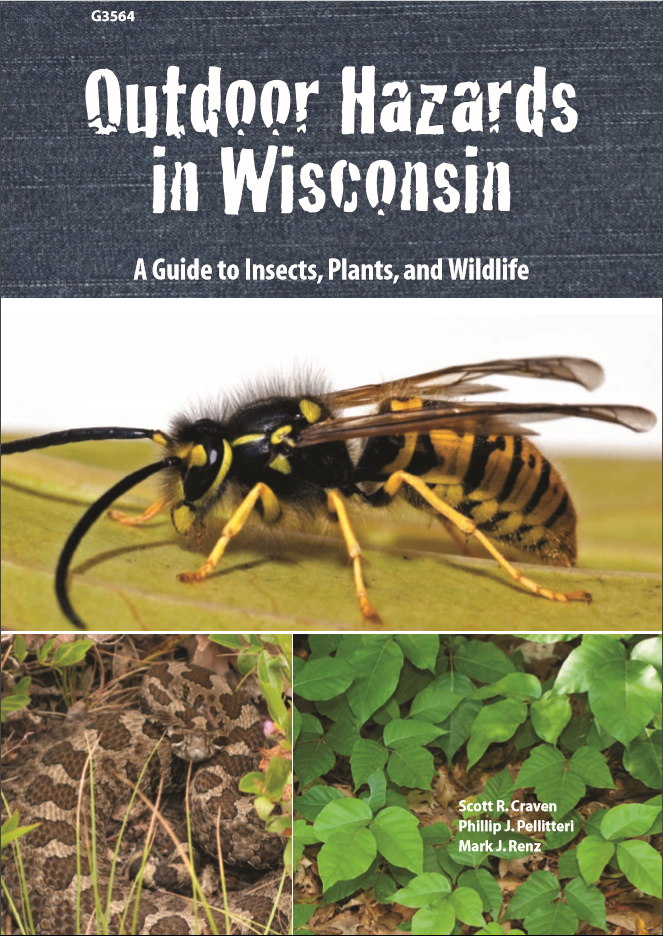 Have you ever walked through a patch of poison ivy or brushed up against wild parsnip? If so, you probably learned an uncomfortable lesson about encountering harmful plants. Luckily, there is a less painful way to learn about dangerous vegetation hidden among Wisconsin’s natural beauty. Now is the time to brush up on hazards you may encounter while working or recreating outdoors.
Have you ever walked through a patch of poison ivy or brushed up against wild parsnip? If so, you probably learned an uncomfortable lesson about encountering harmful plants. Luckily, there is a less painful way to learn about dangerous vegetation hidden among Wisconsin’s natural beauty. Now is the time to brush up on hazards you may encounter while working or recreating outdoors.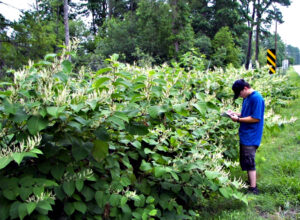
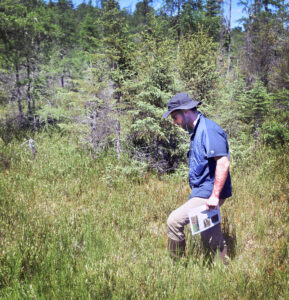
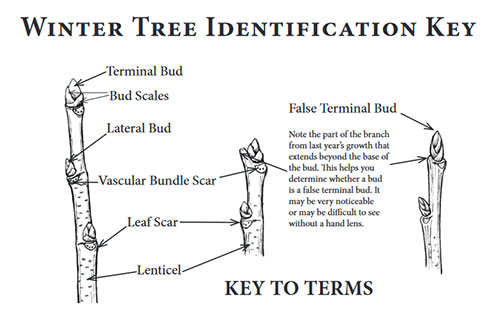 How do you learn to identify trees in the middle of a Wisconsin winter when most of the leaves are on the ground?
How do you learn to identify trees in the middle of a Wisconsin winter when most of the leaves are on the ground?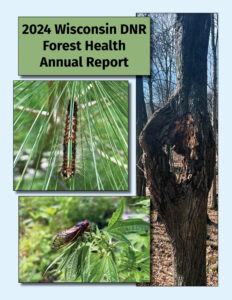
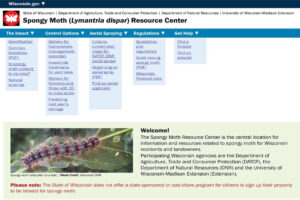 As Wisconsin braces for another potentially busy season of spongy moth caterpillars, three state agencies have teamed up to make it easier for tree owners and others to access the latest information and advice on the invasive, leaf-chomping pests.
As Wisconsin braces for another potentially busy season of spongy moth caterpillars, three state agencies have teamed up to make it easier for tree owners and others to access the latest information and advice on the invasive, leaf-chomping pests.